For Lori Silverman, she brings a wealth of experience from her psychology background, but has also worked on many “up-and-coming” movements in the quality, organizational change management, and storytelling spaces.
In this episode, Lori shares incredible insights from 30+ years of helping organizations think differently, improve results, and “shift” the way they do business.
Lori is passionate about driving change and about helping her customers succeed in building data informed organizations. She’s also a consummate researcher, so she’s always looking at ways to combine research into “real-world”. We talk a little bit about the research behind an insight (literally called an “ahas"!”). We also talk about the research behind System 1 and System 2 thinking, developed by the amazing Dr Daniel Kahneman and Dr Amos Tversky, summarized in their book Thinking Fast and Slow.
If there’s one thing Lori does, it’s to inspire people towards becoming a champion for data. She tells us the story from early in her career, in Wisconsin working for a local hospital, where she identified a need, went out of her way to learn from great people on the topic, and then spent 2 years slowly building buy-in from various leaders to change how the organization thinks. This is exactly what data champions do! They influence their peers and get buy in from leaders to help facilitate the change they know is possible!
Check out the whole episode for lots of great tips and inspiring stories from a true thought leader!
More about Lori Silverman







